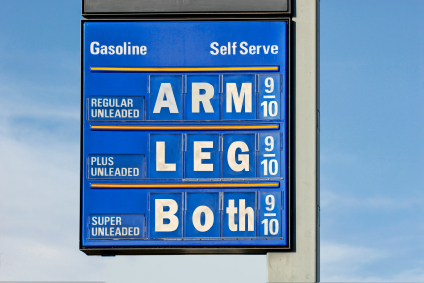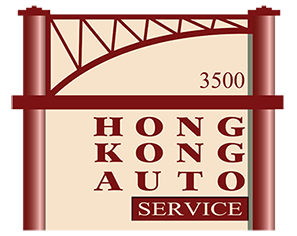7 tips for saving money at the pump
Gas prices in the Chicago area were at a record high at the beginning of March—$3.92 for a gallon of regular unleaded. Even though they dipped briefly, they are back on the rise. In fact, AAA predicts that Chicago-area drivers could once again be paying the highest prices in the country by late spring.

1. Slow down: While initially you might think this is a painful way to cut gas costs, leaving a few minutes early and driving at 60 instead of 65 makes a huge difference in your gas usage. According to Fueleconomy.gov, each 5 mph you drive over 60 mph is like paying an additional 24 cents per gallon for gas. That 24 cents a gallon adds up really quickly, especially when you are only saving 5 minutes on your trip. And at any speed, every 10 mph faster reduces fuel economy by about 4 mpg, a figure that remains fairly constant regardless of vehicle size.
2. Properly inflate your tires: The right amount of air can improve your gas mileage up to 3 percent. Check the pressure frequently, but make sure to check when the tires are cold. Pressure increases when the tires are hot from being driven.
3. Reduce the amount of time you use the air conditioner: The A/C can reduce miles per gallon anywhere from 5 percent to 25 percent. Instead, park in the shade to keep your vehicle cooler, drive with the windows open (which doesn’t affect mpg nearly as much as the air conditioner), or use the economy or recirculated air options.
4. Use cruise control: On flatter terrain, cruise control can improve your fuel economy by up to 14 percent. There’s some debate about whether cruise control saves gas when it comes to hills, but give it a try and see how it affects your gas mileage.
5. Make sure your vehicle is in good running order: That means wheels are properly aligned, the air filter is clean and the oil is changed regularly. Fixing a more serious problem, such as a faulty oxygen sensor, can improve your gas mileage by as much as 40 percent.
6. Shop around: Gas stations can vary widely in what they are charging per gallon. Keep an eye out when you are driving (before you need to fill up) so you can make a stop part of your trip. There’s also a number of websites and applications that let you search for cheaper gas in your area (or the area you are headed to).
7. When it comes to actually filling your tank, there are several ways to reduce the number on the pump:
- Fill up with a lower-octane gas. Unless your car specifically requires a premium grade, don’t waste your money. It won’t increase your fuel economy or performance, but it will empty your wallet.
- Don’t top off. Stop pumping when the automatic nozzle indicates the tank is full. Any additional gas you add could seep out or evaporate.
- Tighten the gas cap. Loose, missing or damaged gas caps cause 147 million gallons of gas to evaporate each year, according to the Car Care Council.
